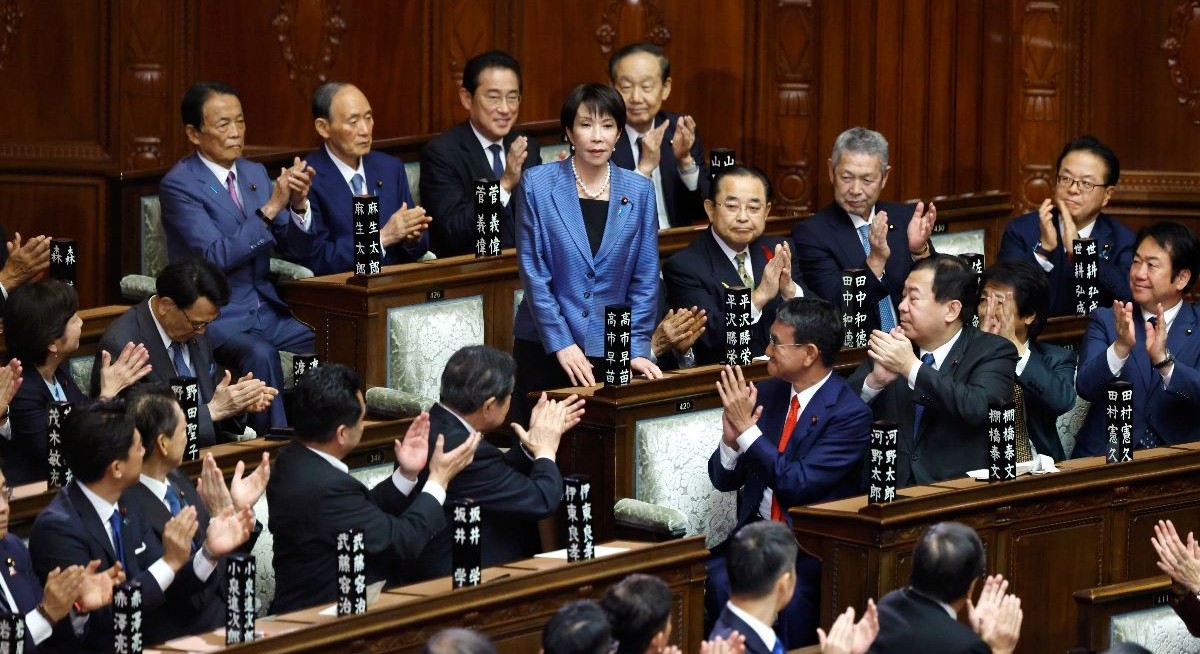Her ascension to the premiership is a historic feat in a country that has ranked low in female political representation. With that achievement out of the way, Takaichi will now face a range of challenges that include persistent inflation, a tense security environment and simmering domestic political instability.
Among her first orders of business is to cobble together a cabinet, which she is expected to unveil later Tuesday. In coming days she’ll also have a string of diplomatic events to attend to, including a visit to Japan by US President Donald Trump next week.
In the two and a half weeks since Takaichi assumed leadership of her ruling Liberal Democratic Party, she has already overseen the exit of its decades-long partner Komeito from their coalition. Shortly after that she secured a new partnership with another opposition group, the Japan Innovation Party, or Ishin.
Although Ishin’s support for Takaichi assured her of the premiership, the coalition is still two seats short of a majority in the lower house. That will throw into question how she’ll navigate the political currents in parliament to secure the majorities she’ll require to pass budgets and bills.
See also: Japan’s auto workers' union seeks higher wage gains as BOJ watches trends
The choice of Takaichi also shows a Japan that is shifting to the right, as an increasing number of people express dissatisfaction over a sense that living standards aren’t keeping up with global trends, the influx of foreigners into the country and concern about rising security tensions in the region.




